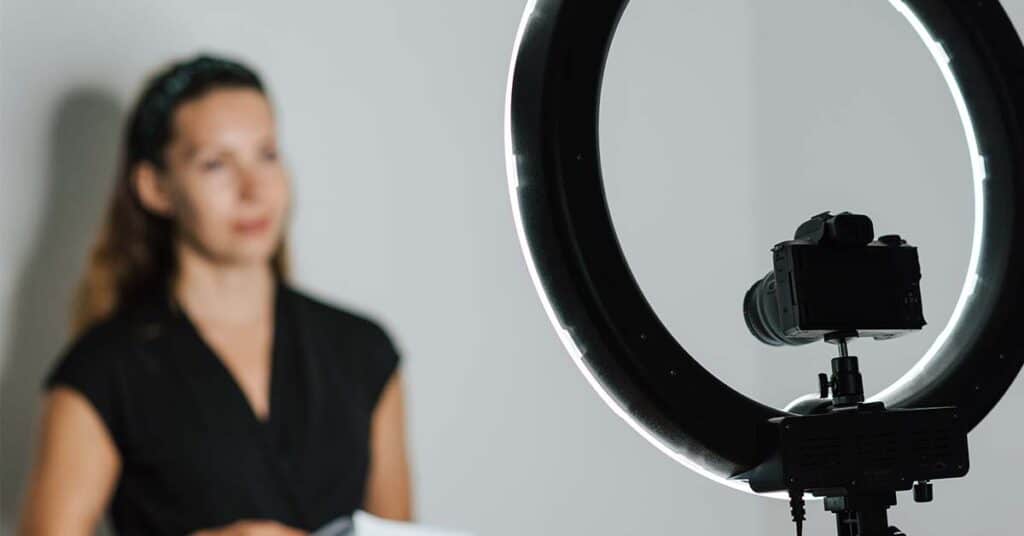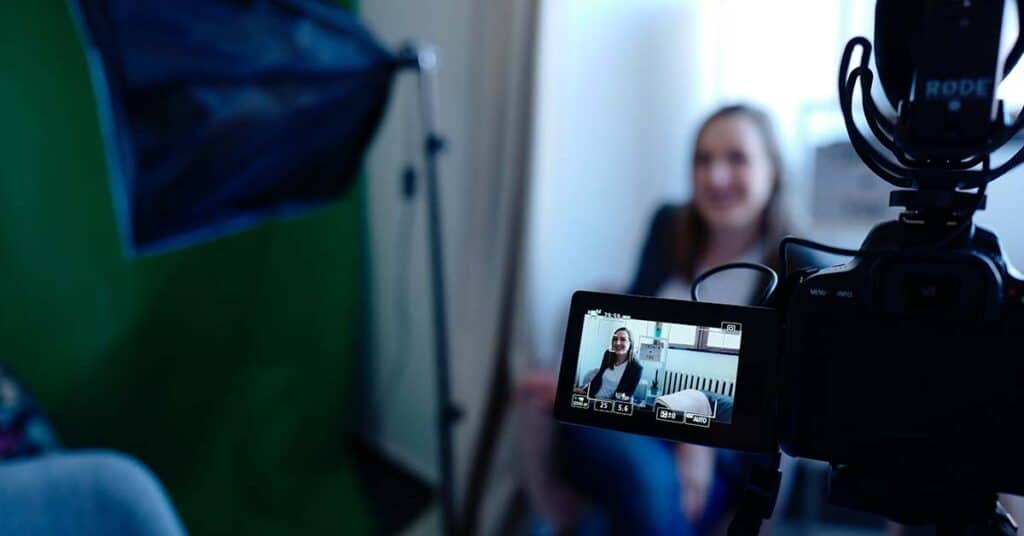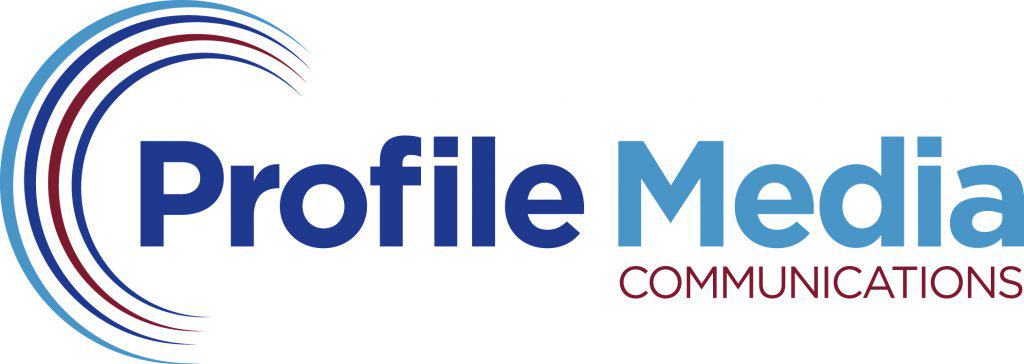During the COVID-19 pandemic, you’ve probably noticed Skype and Zoom interviews have become commonplace on television – and they’re probably set to stay, at least for a while. TV news formats have changed – with many presenters and reporters doing their job from home, along with interviewees.
This means if you’re doing a TV interview, there’s a high likelihood it will happen remotely rather than in-studio or at another location in the field – where a reporter or camera person would be giving you tips on where to stand and look.
Although location doesn’t matter for remote interviews, there’s a lot to prepare to make sure you ace the interview – good lighting, framing, and audio are essential.
Here are some tips to make remote interviews easier, to ultimately ensure you can make the most of the great exposure a television appearance offers your business, brand, or research.
1. Check your audio
Computer and mobile phone microphones aren’t the best quality. Consider buying a professional clip-on microphone – they’re not expensive and the cable slips inside your shirt. You can use white phone earbuds, but the hanging cable is distracting, and the sound quality isn’t great.
2. Check your lighting

Use a lot of natural light where possible and avoid light angles that put light sources behind or beside you, as this will cast shadows or put your face in the dark. The best place to put your light source is right behind your camera. If you have some small lights or shaded lamps, you can put them on either side of your computer.
3. Check your framing
Once it’s set at eye level (try putting your laptop on some books), look directly into the camera. If the camera is pointed up at you, the audience will be looking up your nose! Try not to let your eyes wander or you will look distracted.
4. Check your background
Consider what people will see behind you – a blank wall is boring. Have a nice plant or a tidy set of books in the background, rather than personal photos (unless they are relevant to the topic).
5. Turn off your mobile phone
You will probably only get a few minutes on camera, so you don’t want to be distracted.
6. Ask for questions early
Ask if you can get a copy of the questions you’ll be asked during the interview – most media should oblige once they have worked these out.
7. Speak at normal volume
There’s no need to yell. Run a test with a friend to ensure the audio volumes are good ahead of time.
8. Smile
It makes you seem happy, trustworthy, and confident.
9. Check your Internet is fast enough for the video
You can run speed tests to check Internet connections, a Wi-Fi hotspot can be a problem, and consider who’s sharing your bandwidth.
10. Check your dress
Dress professionally, but remember for a Zoom or Skype interview, you only need to look professional from the waist up 😉 A jacket or collared shirt is good for men and women. Avoid patterns and thin stripes, stick with solid colours and avoid all white.
11. Do a test run

Once you’re set-up, Zoom or Skype with a friend to make sure everything is working and the audio and lighting is OK.
12. Be ready early for the interview
You never know when a technical or audio issue will arise so it’s best not to log on at the last minute.
13. Be flexible
Your interview might need to be changed or rescheduled. Technical difficulties can be common, and interviewers may be running late.
Follow these tips and you’ll be sure to be invited back on TV again.


